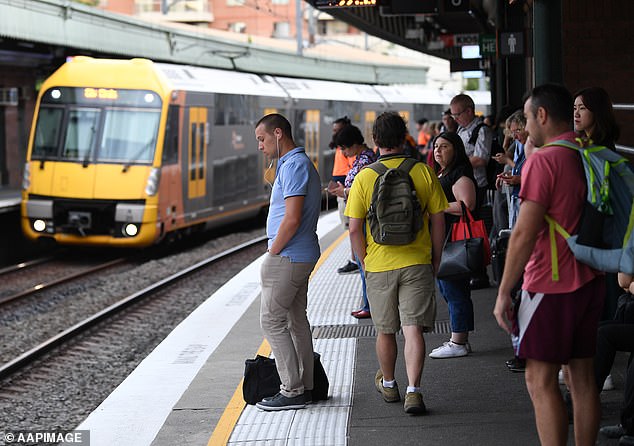The unemployment figure that spells bad news for millions of Aussies hoping for mortgage relief
- Unemployment rate of 4.2 percent
- News dampens hopes for rate cuts
Australia’s unemployment rate remained steady at 4.2 percent in August, dashing hopes that interest rates will be cut this year.
The economy added 47,500 jobs last month, more than the 25,000 analysts had expected.
Kate Lamb, head of labour statistics at the Australian Bureau of Statistics, said the increase in employment was accompanied by a fall in the number of unemployed people of about 10,000.
“As a result, the unemployment rate remained stable at 4.2 percent and the participation rate remained at a record level of 67.1 percent,” she said.
The strong labour market has dampened hopes that the Reserve Bank of Australia will cut interest rates before 2025.
RBA Governor Michele Bullock has made it clear that rate cuts are out of the question due to ongoing price pressures in the labour-intensive services sector.
Employment growth pushed the employment ratio up 0.1 percentage points to 64.3 percent, slightly below the record set in November 2023.
“The high employment and participation rates show that there are still many people entering the labour market and finding work, as employers try to fill more vacancies than usual,” Ms Lamb said.
Australia’s unemployment rate remained steady at 4.2 percent in August, dampening hopes of an imminent rate cut (stock image)
The labor market has been resilient to a broader economic slowdown meant to curb inflation, but is gradually weakening.
Thursday’s labor force figures follow the U.S. central bank’s 50 basis point interest rate cut, leaving borrowers wondering whether the Reserve Bank of Australia will follow suit when it meets next week.
The RBA continues to insist there is still much work to be done on inflation and has increasingly scaled back expectations for near-term rate cuts, despite some peer economies already easing.
According to Finance Minister Jim Chalmers, the economic situation for the US central bank is different from that for the Australian central bank.
“What we saw last night in the US was pretty much to be expected,” he told Channel Nine’s Today Show on Thursday.
‘When the Reserve Bank meets next week they will discuss a whole range of issues, including that. But they will be focusing on inflation, as will the government.’
The federal rate has risen more than the Australian cash rate and remains higher even after the recently announced cut.
The Fed’s target for the rate now stands at 4.75 percent to 5.0 percent after the half-percentage point cut, compared with Australia’s cash rate of 4.35 percent.

The labor market has been resilient to a broader economic slowdown meant to curb inflation, but is gradually easing (stock image)
The last rate cut by the Reserve Bank was in 2020, when the cash rate fell to 0.10 percent.
The US announcement was just one of many factors, besides inflation, that the Reserve Bank must consider in its monetary policy decisions.
“The global economy is a pretty uncertain place. That’s one of the reasons why we’re seeing these rate cuts in countries like the US,” Dr Chalmers said.
‘If we look at the situation in Australia, we see that inflation is coming down quite a bit.
“The Reserve Bank will consider that.”
